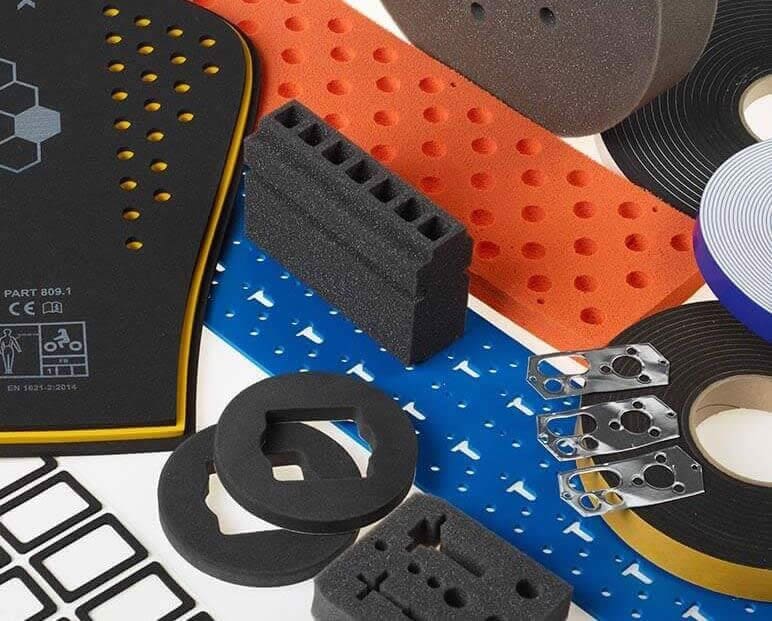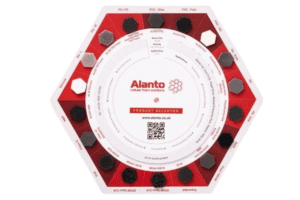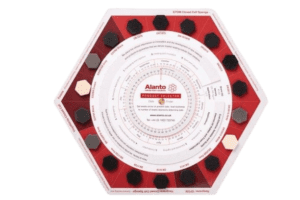Potable water serves as an essential resource, placing constant pressure on water companies to deliver safe, clean drinking water. Furthermore, like any Foam solution, Polyethylene Foam Applications presents both advantages and disadvantages, which we outline below.
What are the advantages of Polyethylene Foam?
Firstly, Polyethylene Foam excels in impact absorption and vibration dampening, positioning it as a premier choice for packaging and transportation. Items enjoy enhanced protection due to these properties. Moreover, with a melting point of 80 degrees, its heat-resistant capabilities allow optimal performance across diverse temperatures.
Additionally, the resistance of Polyethylene Foam to water, grease, solvents, and chemicals stands out. Its structure impedes the penetration of mildew, mould, and bacteria, proving its effectiveness for insulation. Being a closed-cell Foam, it often surpasses open-cell counterparts in density and strength.
Its buoyancy and lightweight nature also define Polyethylene Foam, making it perfect for flotation devices. Notably, its load-bearing resilience ensures a quick return to original shape after removing loads. Significantly, Polyethylene Foam is CFC-free, odourless, and non-toxic (unless burned), thus widely chosen for mattresses and bedding. Its thermal insulation and water-resistant properties further elevate its popularity in clothing and apparel.
What are the disadvantages of Polyethylene Foam?
On the downside, the fabrication and processing of Polyethylene Foam demand time, occasionally rendering it a costlier option where other Foams could suffice. Depending on its formulation, it may also be susceptible to breaking or tearing.
Moreover, instances of poor-quality production of Polyethylene Foam have been reported, though at Alanto, we commit to superior Foam solutions emphasising stability and quality. The challenge of recycling the raw materials used in its production persists, albeit recent advancements in recycling technology offer better solutions for Polyethylene Foam’s reuse.
In situations prone to combustion, certain Foams, including Polyethylene Foam, could emit toxic fumes, suggesting alternative solutions may be more suitable.
What are the common uses of Polyethylene Foam?
Polyethylene Foam finds widespread use in various applications, including packaging, transportation, anti-static and ESD applications, flotation devices, clothing, mattresses, insulation, and foam padding for furniture.
The commercial and industrial sectors benefit significantly from Polyethylene Foam, adaptable to nearly any condition depending on the formulation. However, it’s not universally the best solution, and selecting the appropriate Foam requires careful consideration.
At Alanto, our extensive experience and expertise in Foam solutions span numerous applications over many years. For guidance on selecting the optimal Foam solution, our specialists are ready to offer their expert advice.


